
disegno architettonico, Rimini, Tempio Malatestiano, pianta dell'ab
Malatesta Temple. Malatesta Temple ( Tempio Malatesta or Duomo) is an authentic jewel of the Italian Renaissance. It was commissioned by Sigismondo Malatesta around the middle of the 15th century to perpetuate his family's and his own glory. It was Leon Battista Alberti 's first architectural work. It was begun in 1447 and, even though it.

Tempio Malatestiano Monasteri Monasteri EmiliaRomagna
Illustration. by Michele1978rimini. published on 12 November 2020. Download Full Size Image. The facade of the Tempio Malatestiano church in Rimini. It was designed by the Italian Renaissance architect Leon Battista Alberti (1404-1472 CE). Mid-15th century CE. Its design is influenced by the triumphal arch of ancient Rome.

tempio malatestiano interno ARQ. MASIVA (RITMO ALBERTIANO) Cerca con
L'esterno del Tempio Malatestiano. La facciata della Cattedrale di Rimini è scandita da tre grandi archi intervallati da colonne corinzie, come nella tradizione degli archi di trionfo romani. Leon Battista Alberti ha ideato questa simbologia per esaltare la potenza dei signori di Rimini, usciti vittoriosi dai recenti scontri militari.

Tempio malatestiano, interno 01 Tempio malatestiano Wikipedia
Tempio Malatestiano. Il Tempio Malatestiano (chiamato comunemente duomo) è la chiesa maggiore di Rimini e il suo rifacimento rappresenta il primo intervento architettonico dell'Alberti. Fu.

Tempio Malatestiano Rimini guida completa della Cattedrale
The Tempio Malatestiano (Italian Malatesta Temple) is the cathedral church of Rimini, Italy. Officially named for St. Francis, it takes the popular name from Sigismondo Pandolfo Malatesta, who commissioned its reconstruction by the famous Renaissance theorist and architect Leon Battista Alberti around 1450. The Tempio Malatestiano (Italian.
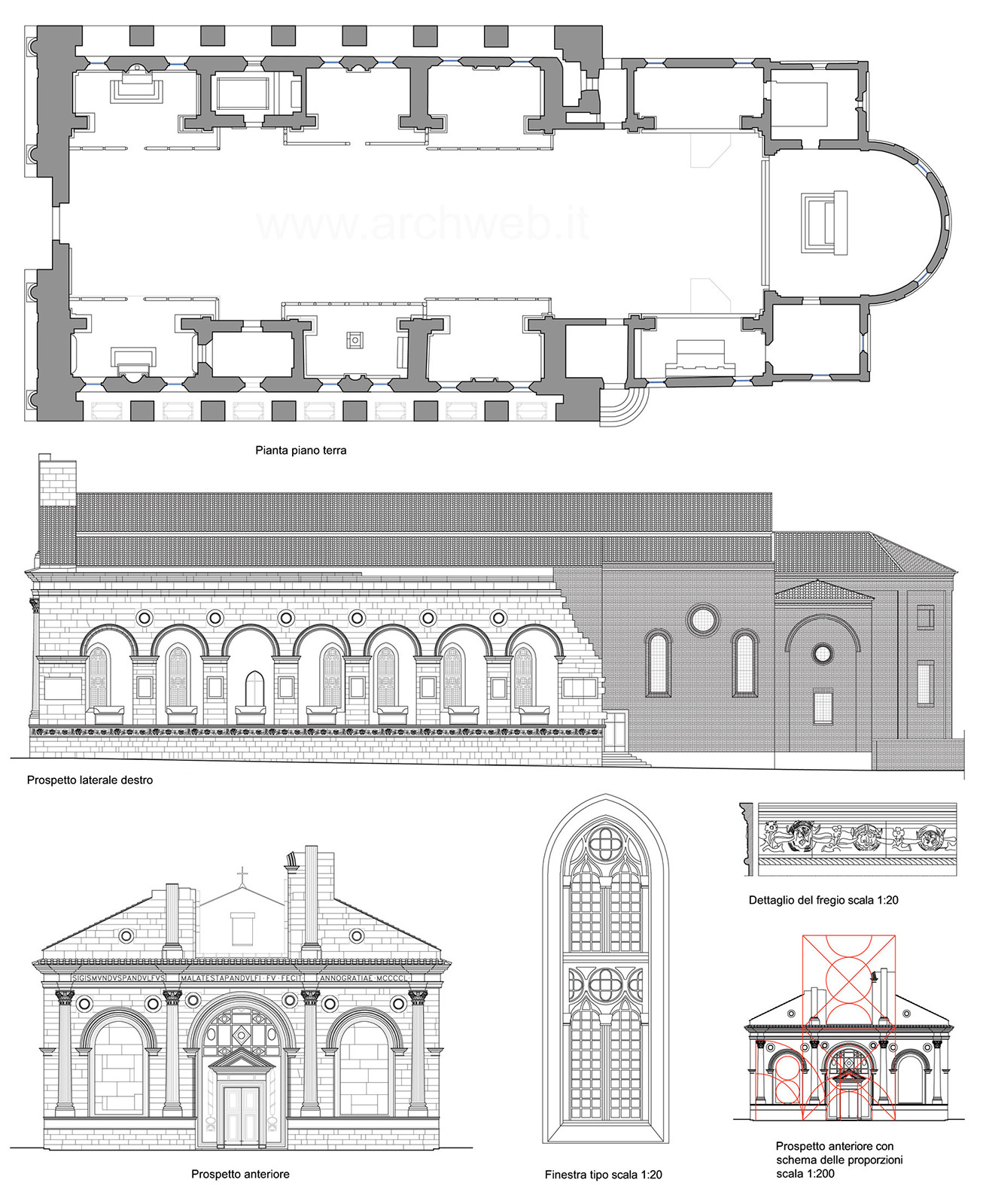
Tempio Malatestiano Arte Opere Artisti
Tempio malatestiano. / 44.059952°N 12.570276°E 44.059952; 12.570276. / 44.059952°N 12.570276°E 44.059952; 12.570276. Il Tempio malatestiano, usualmente indicato dai cittadini come il Duomo e dal 1809 divenuta cattedrale col titolo di Santa Colomba [1] [2], è il principale luogo di culto cattolico di Rimini.
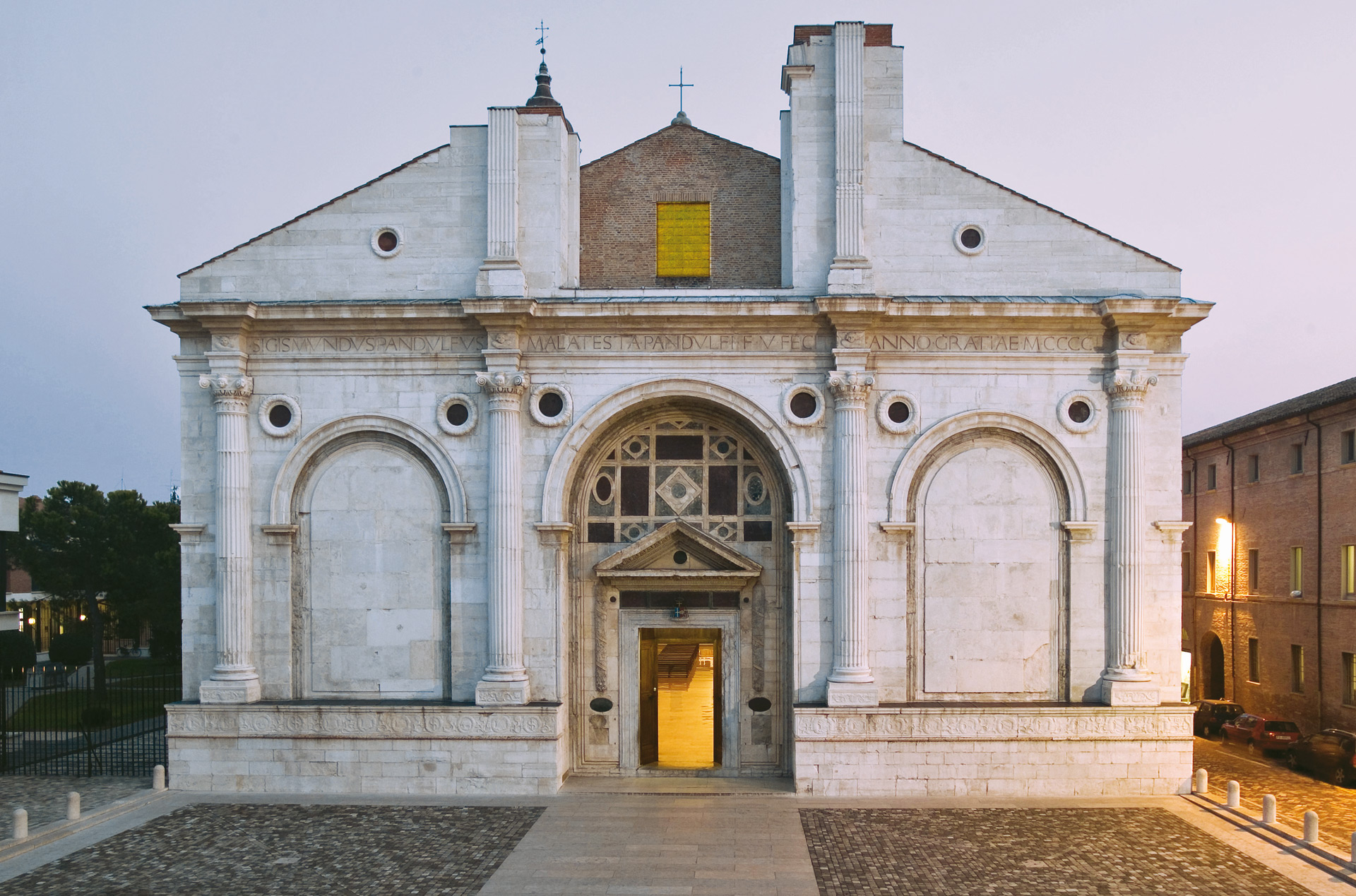
Tempio Malatestiano
The Tempio Malatestiano ( Italian: Malatesta Temple) is the unfinished cathedral church of Rimini, Italy. Officially named for St. Francis, it takes the popular name from Sigismondo Pandolfo Malatesta, who commissioned its reconstruction by the famous Renaissance theorist and architect Leon Battista Alberti around 1450.

Tempio Malatestiano ANVCG Didattica per la Pace
Malatesta Temple - Tempio Malatestiano. The Malatesta Templ e, Cathedral of the diocese since 1809, is a famous example of Renaissance architecture and maybe the most illustrious monument of Rimini. It was built by Leon Battista Alberti as a precious marble casket around the gothic church of St. Francis. The work, wanted by Sigismondo.

Leon Battista Alberti Tempio Malatestiano; progetto iniziale
Il tempio malatestiano può considerarsi il primo intervento architettonico attuato da Leon Battista Alberti. Sigismondo Pandolfo Malatesta, signore di Rimini, richiese il rifacimento della chiesa gotica di San Francesco, che sarebbe dovuta divenire un monumento al signore della città, a sua moglie, e a tutti i più importanti umanisti della corte.
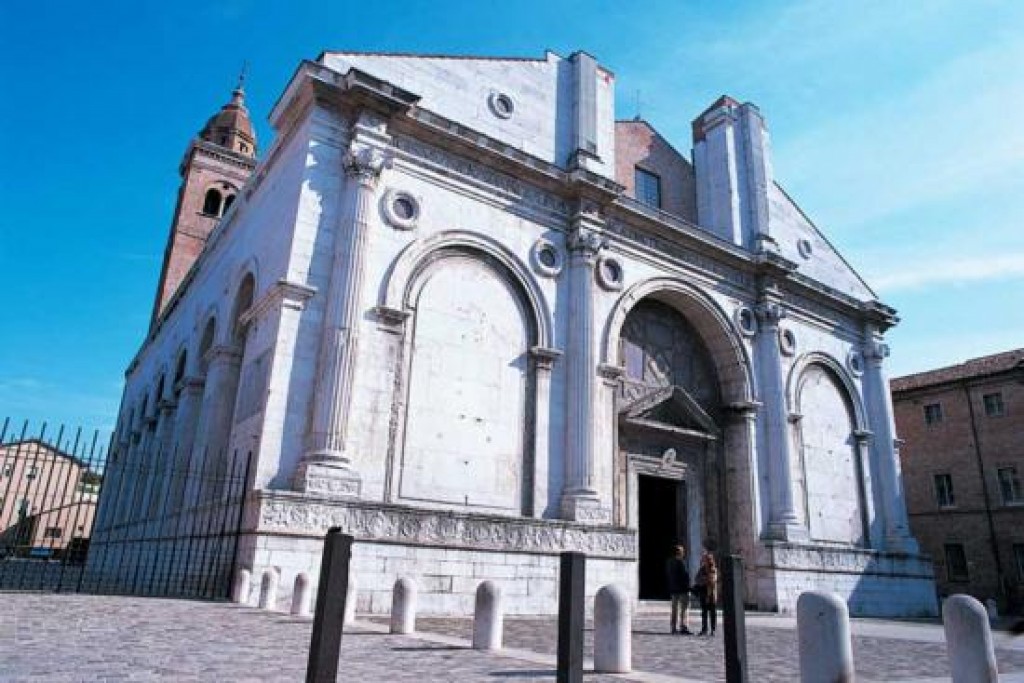
Residence Rivazzurra Tempio Malatestiano
Tempio Malatestiano, burial chapel in Rimini, Italy, for Sigismondo Pandolfo Malatesta, the lord of the city, together with his mistress Isotta degli Atti and the Malatesta family. The "temple" was converted, beginning in 1446, from the Gothic-style Church of San Francesco according to the plans of

Tempio Malatestiano Pianta Medaglia di Sigismondo Pandolfo Malatesta
Tempio Malatestiano. Built originally in 13th-century Gothic style and dedicated to St Francis, Rimini's cathedral was radically transformed in the mid-1400s into a Renaissance Taj Mahal for the tomb of Isotta degli Atti, beloved mistress of roguish ruler Sigismondo Malatesta. Sigismondo hired Florentine architect Leon Battista Alberti to.

Tempio Malatestiano
Storia. Nel 1445 lavorava per la corte di Rimini Pisanello, che fece due medaglie a Sigismondo Pandolfo Malatesta e una a suo fratello Domenico Novello.Il suo collaboratore Matteo de' Pasti, veronese come lui, rimase poi alla corte malatestiana dove fece due serie di medaglie, una per Sigismondo Pandolfo e una per la sua amante Isotta degli Atti, quasi tutte datate al 1446.

Architettura, Facciata, Arte
Il Tempio Malatestiano e le chiese del riminese. Riviera di Rimini Travel Notes collana di editoria turistica a cura di Provincia di Rimini Assessorato al Turismo Dirigente Symon Buda. Testi Pier.

Visit Tempio Malatestiano in Rimini Historic Center Expedia
Il Tempio di Sigismondo Pandolfo Malatesta, signore di Rimini dal 1432 al 1468, sorge ove era prima la Chiesa di S. Maria in Trivio e, dal XIII secolo, la Chiesa di S. Francesco. Quest'ultima era decorata da pitture oggi perdute ad eccezione del Crocifisso di Giotto, unica opera dell'artista a Rimini, risalente alle soglie del '300.
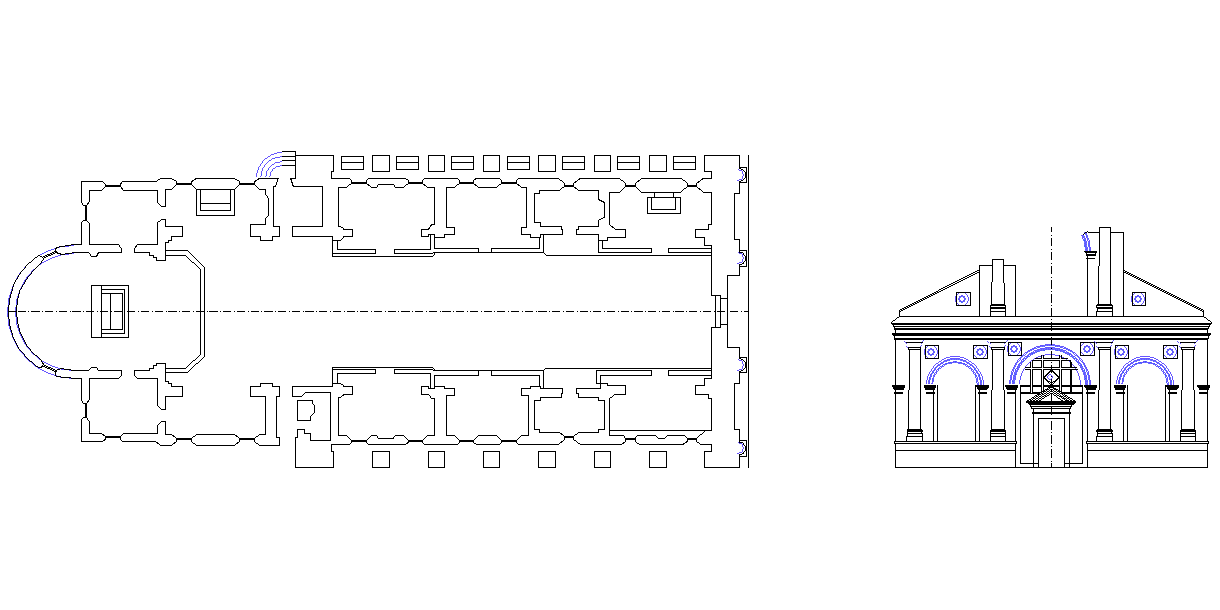
Getting to Tempio Malatestiano. From the centre of Rimini, the church is a 15 minute walk via Corso Giovanni XXIII. By car, it takes around 3 minutes via Via Roma. There's also a regular bus - the number 4 - which departs every 90 minutes from 12 Colet in the city centre and takes around 15 minutes to reach the church.
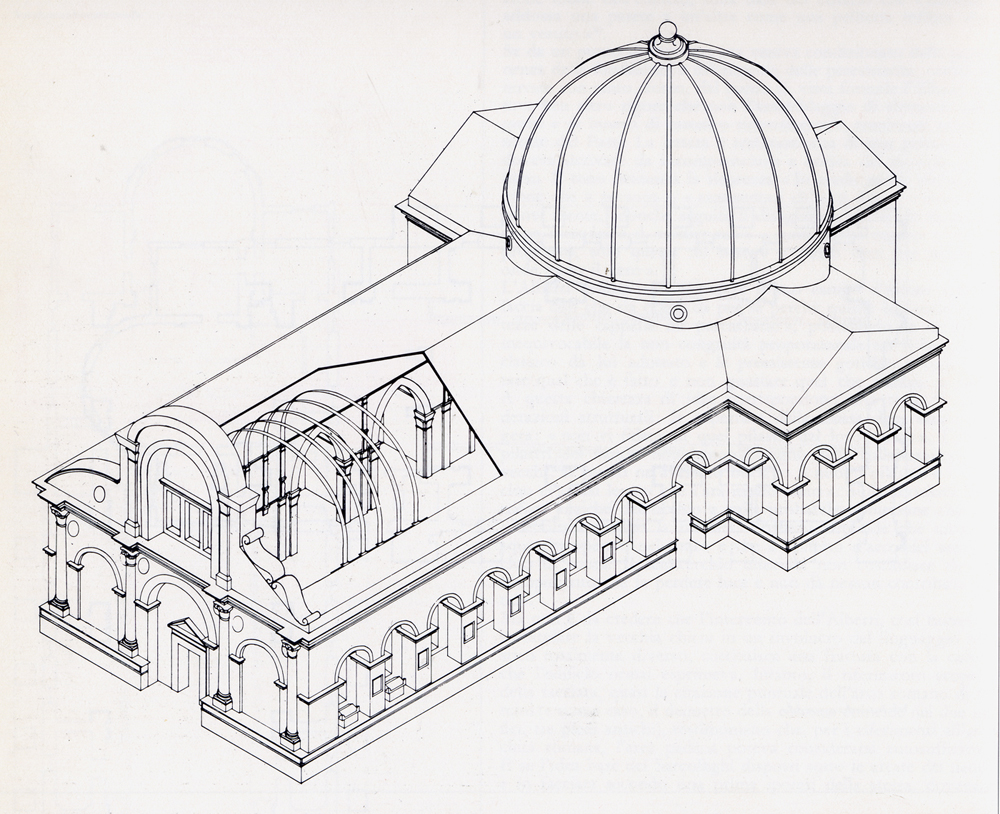
ALBUM FOTO Terzo3
The Tempio Malatestiano, or the church of San Francesco as it was correctly known up until the nineteenth century, is perhaps the most important monument in Rimini, and certainly one of the best preserved. The importance of the church lies in the fact that it was one of the first (if not the very first) ecclesiastical buildings to incorporate classical architecture - an important departure.